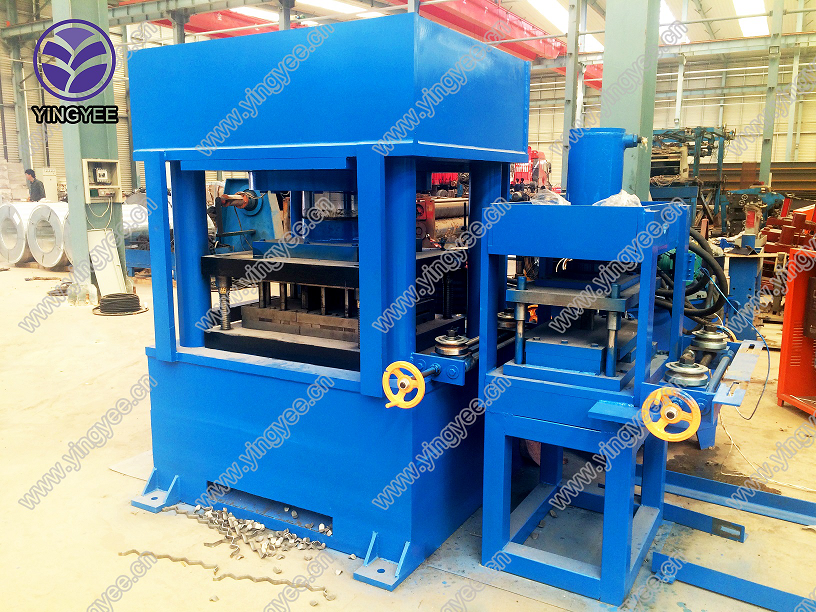
The Role of Stud Forming Machines in Modern Manufacturing
In the ever-evolving landscape of manufacturing, the efficiencies, precision, and innovation offered by technology have become paramount. Among the various advancements, stud forming machines have emerged as vital tools in the production of fasteners, specifically studs. These machines are pivotal in industries ranging from automotive to construction, where reliability and strength are non-negotiable.
Stud forming machines are specialized equipment designed to convert raw materials, usually metal wire, into finished stud products. The process is characterized by several steps, including feeding, forming, and cutting. The evolution of these machines has significantly enhanced the production rates and quality of studs, making them an indispensable part of the manufacturing arsenal.
One of the crucial advantages of stud forming machines is their ability to streamline the production process. Traditional methods of stud manufacturing often involved multiple stages, requiring different machines for cutting, bending, and threading. However, with contemporary stud forming machines, many of these processes are integrated into a single operation. This not only saves time but also reduces the chances of human error and the need for manual labor, which can further enhance the efficiency of production lines.
Moreover, modern stud forming machines are equipped with advanced technology that allows for greater precision in manufacturing. CNC (Computer Numerical Control) technology is commonly employed to ensure that each stud is produced to exact specifications. This means that manufacturers can produce studs with tight tolerances, essential for applications where reliability is critical. For example, in the automotive industry, studs must fit precisely to ensure the structural integrity of vehicles, and any deviation could result in safety hazards.

Another significant benefit of stud forming machines is their adaptability. With the ability to produce various types of studs, from simple designs to complex geometries, these machines can cater to a wide range of industries and applications. Whether it's a standard construction stud or a custom-designed fastener for specialized machinery, stud forming machines can be programmed and adjusted to meet diverse manufacturing needs. This flexibility is particularly advantageous in today's market, where consumer demands and technological advancements are rapidly changing.
In addition to efficiency and precision, sustainability has become a key concern in the manufacturing sector. Stud forming machines contribute to more sustainable practices by minimizing waste in the production process. By optimizing the use of raw materials and reducing scrap, manufacturers can not only cut costs but also lessen their environmental footprint. Furthermore, with growing awareness of sustainability, many companies are now focusing on eco-friendly materials, and stud forming machines can be adapted to work with these new materials, ensuring that manufacturers stay ahead of the curve.
As we look to the future, the role of stud forming machines is set to expand even further. Innovations in automation and artificial intelligence are poised to usher in a new era of smart manufacturing. Machines that can learn and adapt will enhance production efficiency and product quality, allowing businesses to remain competitive in an increasingly globalized market.
In conclusion, stud forming machines are more than just equipment; they are critical components in the manufacturing process that define the quality and reliability of products across various industries. Their ability to enhance efficiency, precision, and adaptability while promoting sustainability positions them at the forefront of modern manufacturing technologies. As advancements continue, the importance of these machines will only grow, solidifying their place in the future of industrial production.